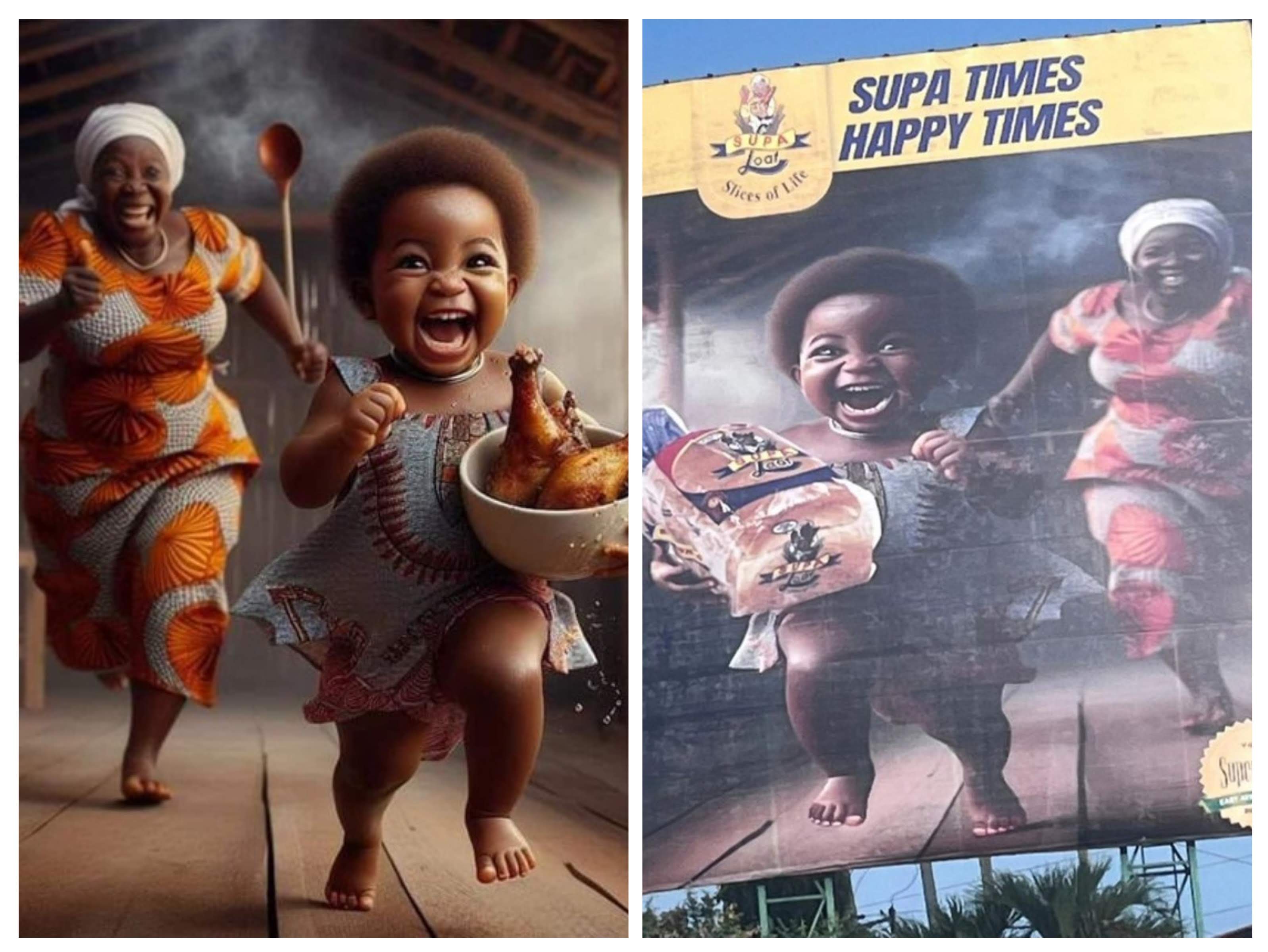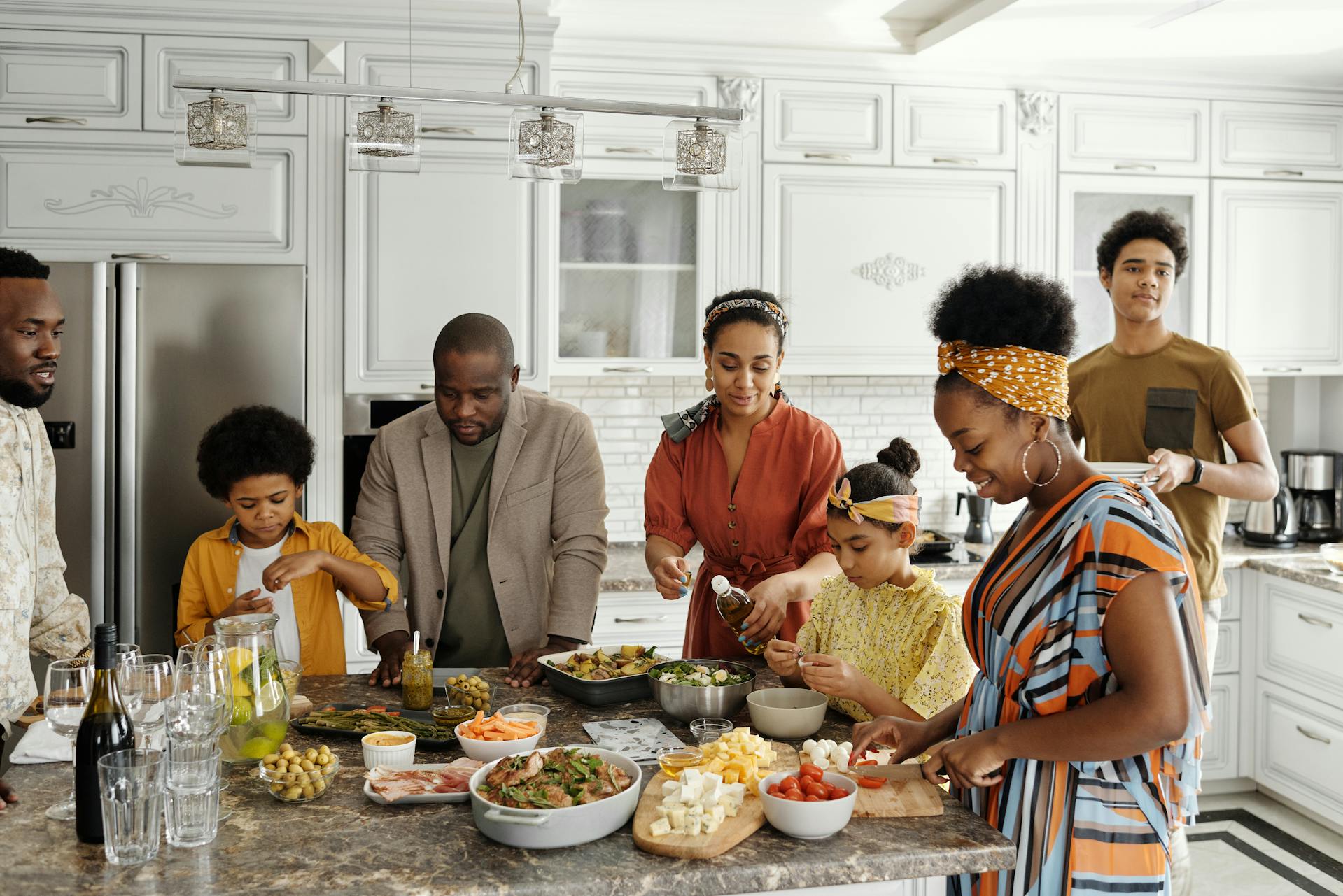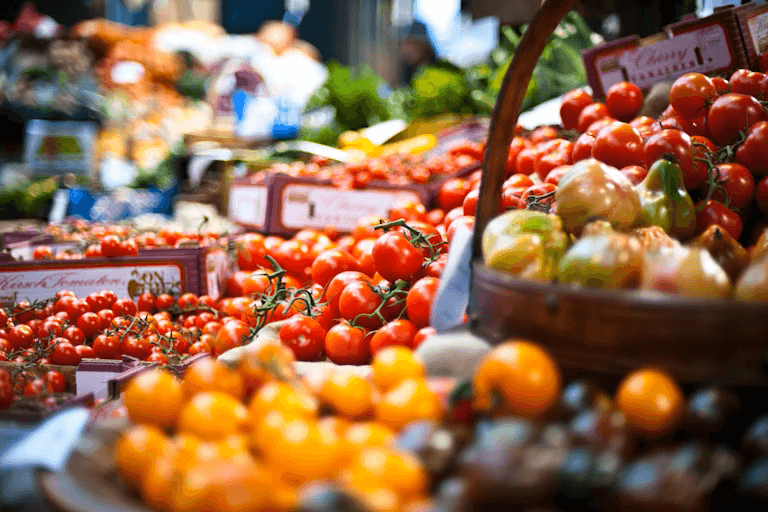In early January this year, a Supa Loaf billboard advertisement (ad) generated insurmountable furore online. The first point of contest was the fact that the images used in the billboard ad were Artificial Intelligence (AI) generated. The second was a question of ethics and copyright. Apparently, the image Supa Loaf used on the billboard had been repurposed, more or less verbatim, from an earlier AI-generated image.

Not too long after, on 31st January, the Postal Corporation of Kenya (widely known as Posta) would be on the receiving end of backlash after they used AI-generated images in an X (formerly Twitter) post. After the two debacles, the criticisms on aesthetic appeal aside, the biggest underlying question was: “Is the increased use of AI in advertisement a threat to the creative industry; the graphic designers, illustrators, copywriters and editors, photographers, and even ad jingle makers?”
With the release of Dalle E-2 in July 2022 and soon after ChatGPT in November of the same year, 2022 would seem to be, at least in recent times, the annus mirabilis of Generative AI systems. Since then many more Generative AI systems in the shape and mound of Dalle E-2 and ChatGPT have come forth; Google’s Gemini, TikTok’s Ripple, Snapchat’s MyAI, Midjourney and so on. The adoption of these AI systems has caused disruptions of unprecedented fashion in the creative industries.
From May 2 to September 27, 2023, American screenwriters went on strike in part over fears that AI would soon take over script writing. In October 2022, Jason Allen, a synthetic media artist, won first place at the Colorado State Fair for an art entry that unbeknownst to the judges, was AI-generated. Thanks to Generative AI, the online book publishing industry is on a roll, churning books at an unparalleled rate. So bad is the situation that AI-made biographies are hitting the market before real memoirs are published. In September 2023, Amazon had to ban authors from self-publishing more than three e-books a day on its Kindle platform. Elsewhere, Tiktok’s parent company, ByteDance is trialling an app called Ripple which takes any melody that users sing into their phone and turns it into a polished song.
So, are the recent developments in Generative AI a harbinger of the end of the creative industries as we know them? Apart from impacting creatives, what does the adoption and acceleration of AI mean for the various forms of art?
AI is not creative
One of the arguments levelled against generative AI systems is that they are not truly intelligent. Intelligence here, according to Paul Compton, an emeritus professor in Computer Science and Engineering, is the judgement that something is or is not a good idea. Paul further argues that generative AI systems' weaknesses stem, inherently, from the way they work. Generative AI systems like ChatGPT, Dalle-E2 and Midjourney essentially generate outputs in response to inputs. They are beforehand exposed to billions of data points (sentences in the case of ChatGPT and portraits in the case of Midjourney and the likes) and use this to guess a likely response to an input. The response may therefore be accurate, depending on the source of data, but there’s no surety of the same.
“For generative AI,” writes Paul, “there is no difference between a “hallucination” – a false response invented by the system – and a response a human would judge as true.” A case in point scenario is Michael Lelyveld’s – brother to the late Joseph Lelyveld who was a former executive editor of The New York Times – recent discovery. Shortly after Joseph’s death, Michael would stumble upon AI-generated biographies of his brother published on Amazon. Some of the books described Joseph as “a chain smoker, someone who honed his skills in Cairo and reported from Vietnam” all of which was false and inaccurate according to Michael.
Opponents of Generative AI also argue that it cannot innovate. Jason Farago argues that “All it (generative AI) can produce are prompt-driven approximations and reconstitutions of pre-existing materials.” By this very fact, Jason argues, it is impossible for generative AI to take over the role of humans in arts and culture.
The biggest danger that Jason foresees in the Generative AI age, as far as art and culture are concerned, is that, in a bid to outsmart machines, human beings will most likely find themselves acting like the same machines they are competing against, thus impeding their inherent creativity and innovativeness. To this end, he writes, “I remain profoundly relaxed about machines passing themselves off as humans: they are terrible at it.” He further adds, “Humans acting like machines – that is a much likelier peril, and one that culture, as the supposed guardian of (human?) virtues and values, has failed to combat these last few years.”
AI as a collaborator
Despite the uproar and bile towards generative AI in the creative industry, in the blue corner there are Generative AI proponents who are standing up to all the bashing and pummeling. Mario Klingemann, who is considered a pioneer in the use of computer learning in the arts has been at the forefront in leading a group of artists in integrating AI in visual arts. Mario’s artwork is created using neural networks which are essentially computer programmes that mimic the structure of the human brain. Together with fellow artists, Mario has trained the system on thousands of portraits from the 17th – 19th centuries to create countless other unique portraits.
Mario contends that, “ As an artist, you are always in this interplay between accident and control. So on one side, you want to have control over your work but at the same time, you want interesting accidents to happen. Using AI allows me to have a good balance between the two.”
Marcus du Sautory, Professor of Mathematics at Oxford and another avowed generative AI proponent proffers that generative AI is a plus to creatives. According to him, in the long run, sometimes creatives end up repeating behaviours that worked in the past; more like a machine than a human. He foresees that Generative AI will play a revolutionary role in kicking out that ‘mechanical’ way of thinking and push us to become more creative as humans again. Marcus views AI as a collaborator on the collaborative scene much in the same way as the camera changed art. Though some jobs will be lost, Marcus says that there are newer ones to be created such as the position of data curators – persons tasked with curating the data that AI will learn on.
In conclusion
There is no denying that generative AI is here to stay. Moreover, developers are also constantly retraining existing generative AI systems to fill gaps in areas where they are lacking or in other words to bring them as close as possible to human-generated output.
In light of the perspectives gleaned from the two sides of the debate, for creatives to survive the onslaught against them by the fast-evolving generative AI, they have to collaborate with it, most especially in adding originality and innovation. Marcus with his AI art offers a perfect example.
Jason also offers another perspective: “Rather than worry about whether bots can do what humans do, we would do much better to raise our cultural expectations of humans: to expect and demand that art – even and especially art made with the help of new technologies – testifies to the full extent of human powers and human aspirations.”





